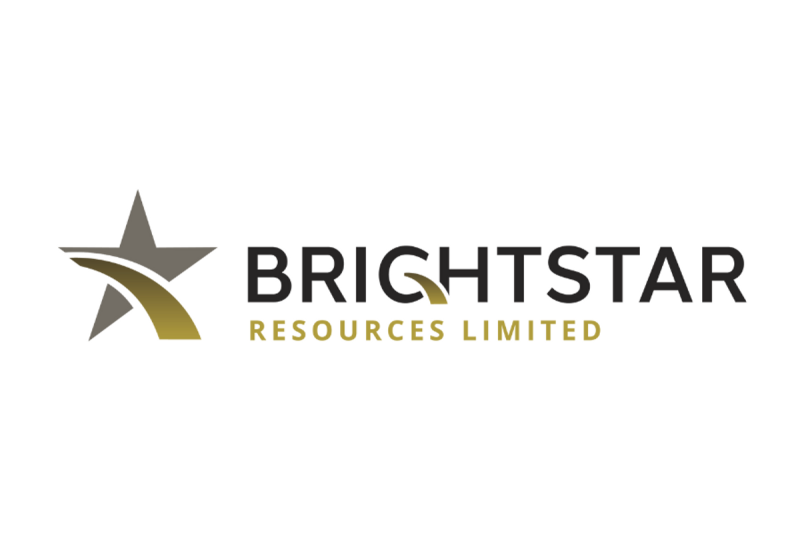Scheme Booklet Registration is one of the critical components of corporate transactions. It is a comprehensive legal document that elaborates on the proposed scheme of arrangement or any other corporate transaction that would significantly restructure a company. The scheme booklet is mandatory and must be registered by the Australian Securities and Investments Commission (ASIC), the leading corporate, markets, and financial services regulator in Australia. This article will explore the role, process, and importance of Scheme Booklet registration by ASIC.
Firstly, let’s identify the primary role of Scheme Booklets. It’s utilized to encapsulate and thoroughly present all the intricate details associated with a proposed scheme of arrangement. The information within a Scheme Booklet is essential to enlighten the shareholders on matters regarding voting on a proposed corporate transaction. It involves complex legal and regulatory provisions. The scheme booklet comprises of information about the company, financial analysis, expert reports, tax implications of the proposed scheme, director’s recommendations and potential consequences for not following the scheme.
The process of Scheme Booklet registration involves a series of crucial steps that are guided by detailed processes under the Corporations Act. The registration requires firms to adhere to stringent guidelines provided by ASIC. Before the registration process, the scheme booklet undergoes exhaustive internal and external review. It is then submitted to ASIC for registration. ASIC reviews the booklet to ensure it provides accurate, precise, and complete information necessary for shareholders to make a well-informed decision regarding the proposed scheme.
It is important to highlight that ASIC does not endorse or approve scheme booklets; its role is to ensure that they meet the required regulatory standards. ASIC assesses if the document includes all the necessary information as per the Corporations Act, and clearly outlines the potential impacts of the proposed scheme to the shareholders. Once the review is complete, ASIC registers the booklet and returns it to the company, marking the commencement of a strict timeline for voting and implementing the proposed scheme.
The importance of Scheme Booklet registration by ASIC cannot be underestimated. It helps maintain the transparency and integrity of the corporate sector in Australia. This process ensures that shareholders receive complete, correct, and unbiased information about significant corporate transactions, thus facilitating informed decisions. ASIC’s registration of Scheme Booklets also boosts confidence and trust among investors, stakeholders, and the general public in the integrity of Australia’s financial markets.
Also, the regulatory rigor of the Scheme Booklet registration by ASIC assists in mitigating the risks associated with complex corporate transactions. By outlining the potential implications, dealing with legal provisions, and providing complete information in an accessible way to shareholders, the Scheme Booklet plays a pivotal role in promoting a more transparent and accountable corporate sector in Australia.
In conclusion, Scheme Booklet registration by ASIC is a critical requisite to any significant corporate transactions initiated by a company. It encapsulates all vital details pertaining to the proposed scheme and facilitates shareholders in making well-informed decisions. The strict standards set by ASIC and the rigorous registration process ensure that transparency, integrity, and accountability are upheld in all significant corporate transactions. Whether you’re an investor, shareholder, or an interested third party, understanding the importance of Scheme Booklets and their registration process is essential in navigating Australia’s vibrant corporate landscape.




